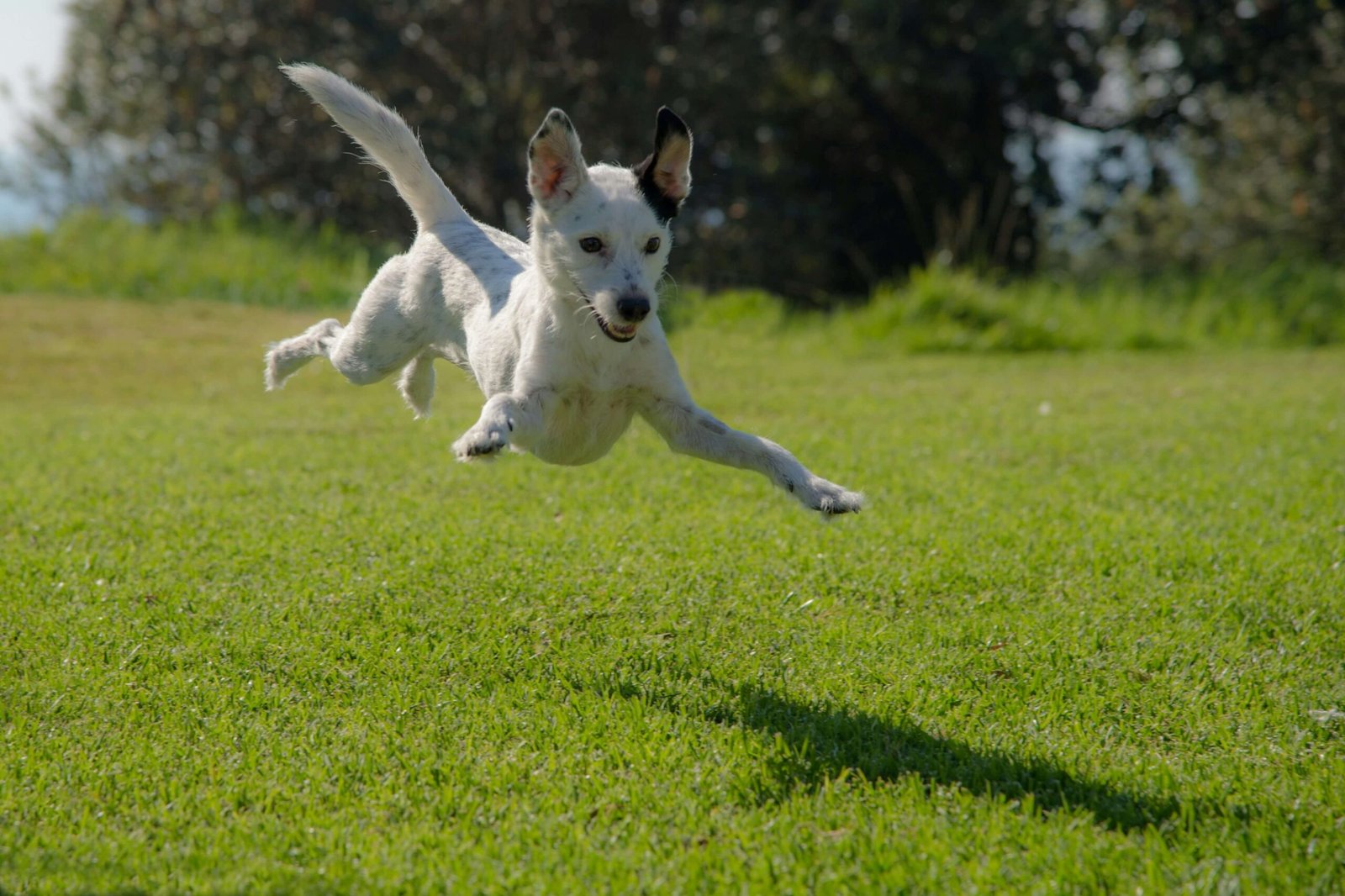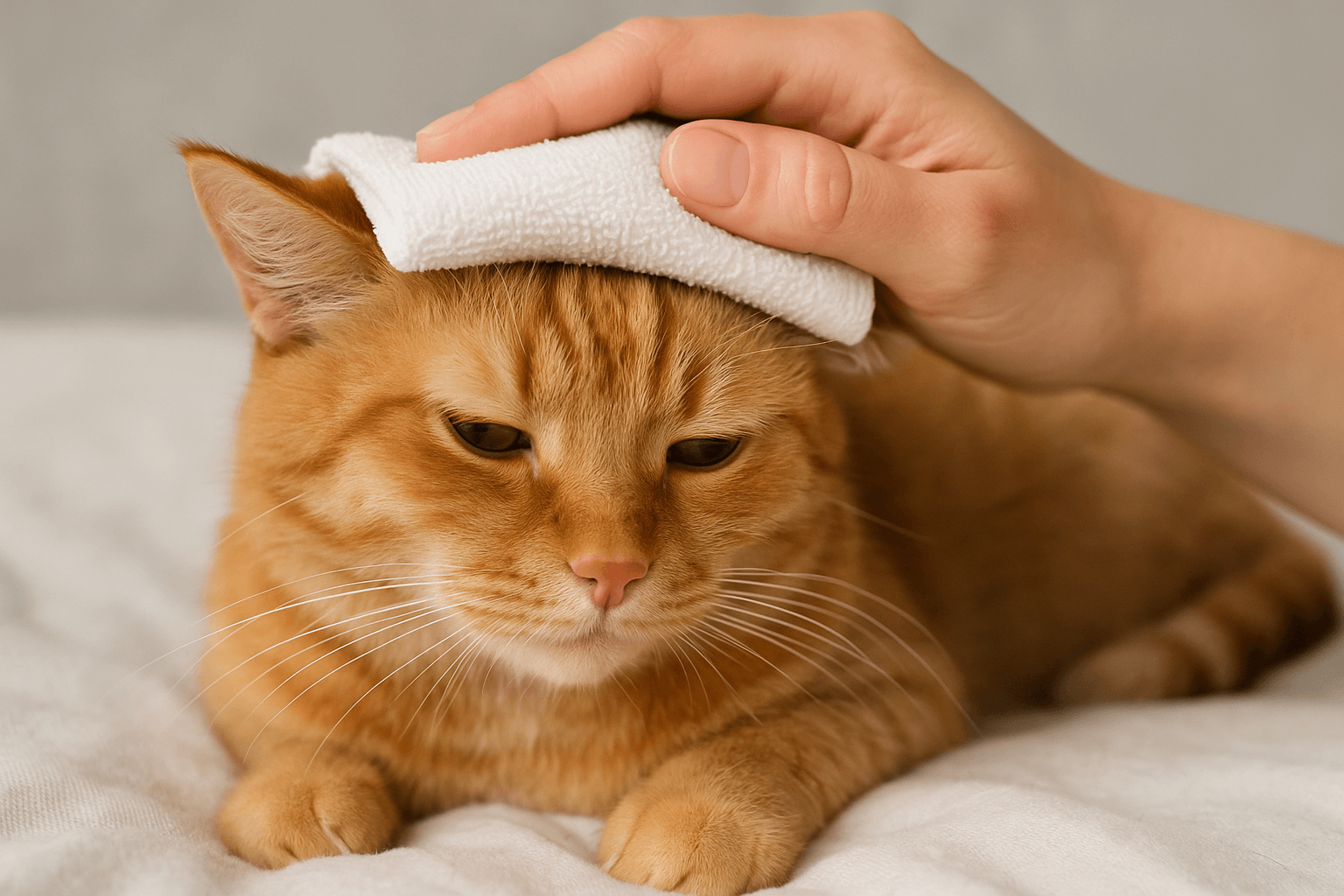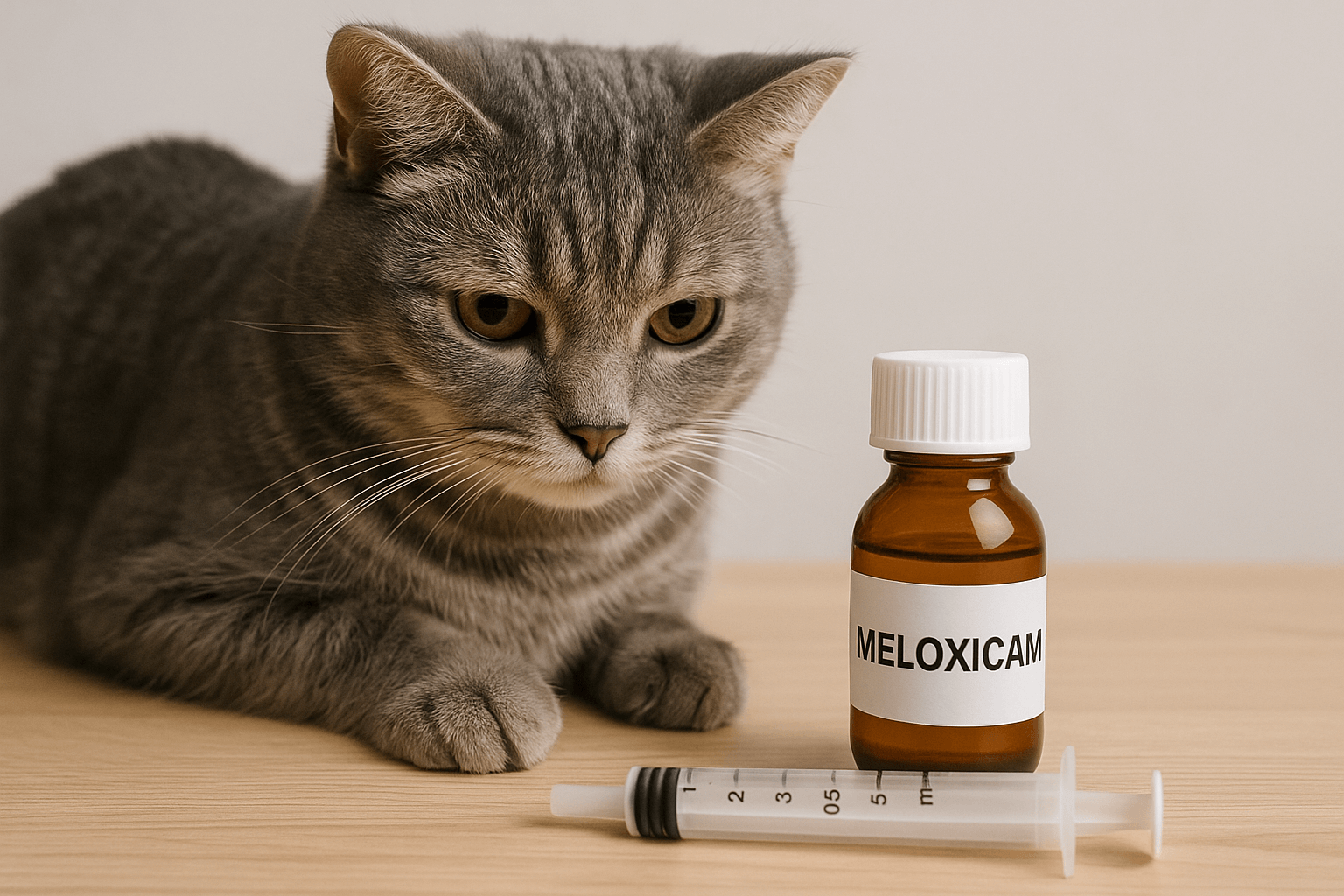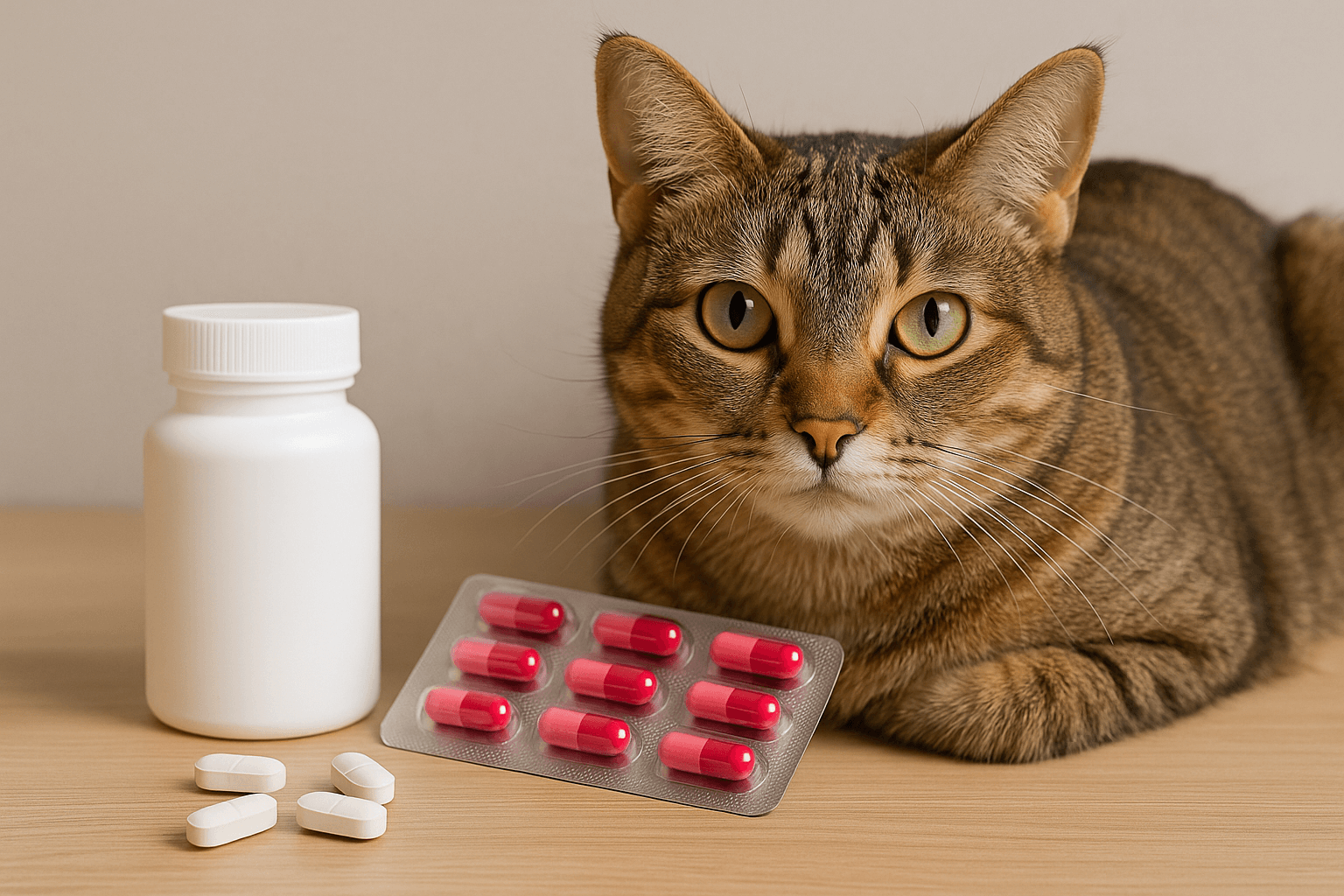What to Do If Your Dog Ate a Bee
Dogs are naturally curious creatures, and their playful nature often leads them to investigate things they shouldn’t—like buzzing insects. While a bee sting might seem like a minor issue, it can sometimes lead to serious complications, especially if your dog has allergies or swallows the bee. Understanding how to respond quickly and effectively is crucial for ensuring your pup’s safety. In this blog post, we’ll explore what happens when a dog eats a bee, how to identify symptoms of distress, and steps you can take to keep your furry friend healthy. Whether you’re dealing with an adventurous puppy or a seasoned explorer, this guide will help you navigate this unexpected situation with confidence.
Signs That Your Dog May Have Eaten a Bee
If you suspect your dog has eaten a bee, there are several signs to watch for that indicate discomfort or potential complications. Recognizing these symptoms early can help you act quickly to address any issues.
Excessive Drooling:
Swallowing a bee may irritate your dog’s mouth or throat, leading to increased drooling as a natural response.Pawing at the Mouth or Face:
Dogs often paw at their face after encountering something unusual, such as swallowing or being stung by a bee.Swelling Around the Mouth or Throat:
If the bee stings inside the mouth or throat, localized swelling may occur, which can be uncomfortable or even dangerous.Lethargy or Restlessness:
Your dog may appear unusually tired or restless, signaling discomfort or mild allergic reactions.Vomiting or Gagging:
Some dogs may vomit as their body attempts to expel the bee or its stinger from their system.
By observing these signs, you can better assess whether your dog needs immediate veterinary attention or if home care is sufficient.
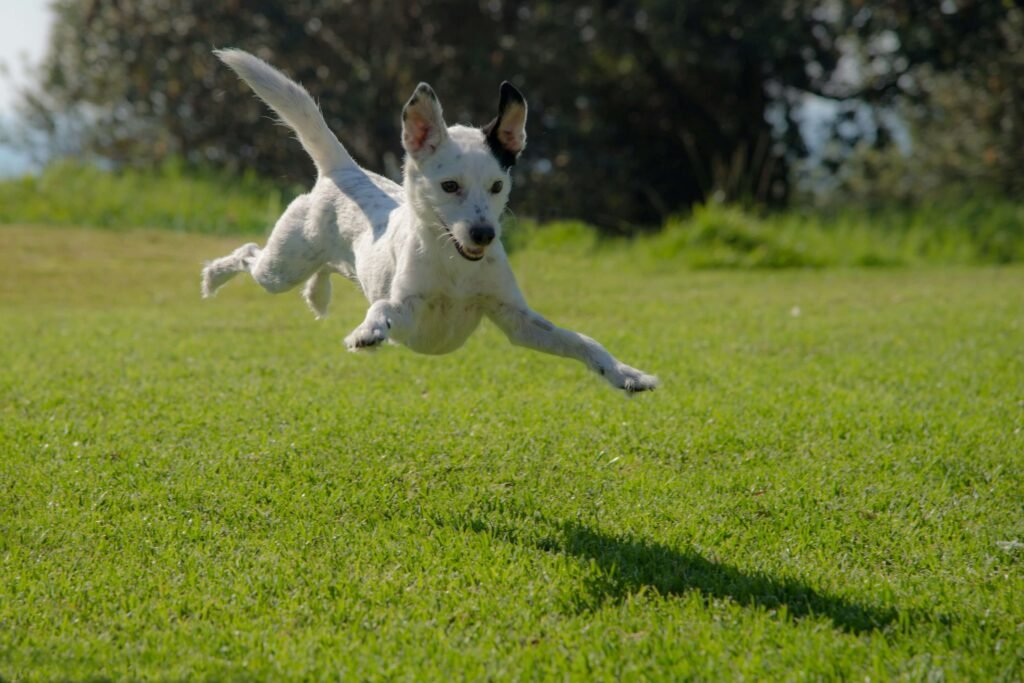
Immediate Steps to Take If Your Dog Eats a Bee
When your dog eats a bee, acting quickly is essential to minimize discomfort and prevent complications. Here’s what you should do in the moments following the incident.
Stay Calm and Assess the Situation:
Remaining calm helps you think clearly and avoid panicking your dog further. Observe their behavior closely for signs of distress.Check for Stingers:
Carefully inspect your dog’s mouth and gums for any visible stingers. Use tweezers to remove them gently if found.Rinse Their Mouth with Water:
Flushing your dog’s mouth with cool water can help soothe irritation caused by the bee or its venom.Monitor for Allergic Reactions:
Keep an eye out for symptoms like difficulty breathing, hives, or severe swelling, which may indicate an allergic reaction requiring urgent care.Contact Your Veterinarian:
Even if your dog seems fine, it’s wise to consult your vet for advice tailored to your pet’s health history.
Taking these steps ensures you’re prepared to handle the situation responsibly and prioritize your dog’s well-being.
Check this guide 👉My Dog Ate My Antibiotics: Best 7 Expert Tips!
Check this guide 👉What Happens If Your Dog Ate a Cherry Seed? Best 7 Tips!
Check this guide 👉My Dog Ate Mouse Poison: Best 7 Expert Tips!
Symptoms of Bee Ingestion | When to Seek Veterinary Help |
|---|---|
Excessive drooling | Difficulty breathing or wheezing |
Swelling around the mouth or throat | Severe lethargy or collapse |
Pawing at the face or mouth | Signs of anaphylaxis (hives, vomiting) |
Vomiting or gagging | Persistent swelling or pain |
Lethargy or restlessness | Known history of allergies |
How to Prevent Your Dog from Eating Bees
Prevention is always better than cure when it comes to keeping your dog safe from bees and other potentially harmful insects. These tips can help reduce the likelihood of future incidents.
Supervise Outdoor Playtime:
Keep an eye on your dog during outdoor activities, especially in areas where bees are common, like gardens or parks.Teach the “Leave It” Command:
Training your dog to respond to commands like “leave it” can prevent them from chasing or eating insects.Avoid Attracting Bees:
Clean up food spills, cover trash cans, and avoid using sweet-smelling lotions or perfumes that might attract bees to your yard.Inspect Your Yard Regularly:
Remove bee nests or hives promptly to minimize the risk of encounters between your dog and bees.Use Protective Gear for Sensitive Dogs:
For highly curious or sensitive dogs, consider using a mesh muzzle during walks in high-risk areas.
Implementing these preventive measures can significantly lower the chances of your dog encountering—or eating—a bee.
Understanding Allergic Reactions in Dogs
While not all dogs will have an allergic reaction to a bee sting, those that do require immediate attention. Understanding how allergies manifest can help you respond appropriately.
Mild Reactions Include Localized Swelling:
Mild cases typically involve swelling around the sting site, which resolves within a few hours or days.Moderate Reactions May Cause Lethargy:
Your dog might appear unusually tired or reluctant to move, indicating discomfort but not necessarily a life-threatening issue.Severe Reactions Involve Breathing Difficulties:
Difficulty breathing, rapid panting, or wheezing signals a severe allergic reaction that requires emergency care.Hives or Rash Can Appear on the Skin:
Raised bumps or redness across the body are common signs of an allergic response to bee venom.Anaphylaxis Is Rare but Serious:
Anaphylactic shock is a medical emergency characterized by collapse, pale gums, and extreme weakness.
Recognizing these levels of severity ensures you know when to seek professional help and when home care is appropriate.
Common Misconceptions About Dogs and Bees
There are several myths surrounding dogs and bees that can lead to confusion or misinformation. Clearing up these misconceptions helps you make informed decisions about your pet’s care.
Myth: All Bee Stings Are Harmless:
While many stings cause mild irritation, some dogs experience severe allergic reactions that require immediate attention.Myth: Dogs Can’t Be Trained to Avoid Bees:
With consistent training and positive reinforcement, dogs can learn to ignore or avoid bees.Myth: Home Remedies Always Work:
While some remedies help, others can worsen the situation. Always consult your vet before trying untested treatments.Myth: Only Outdoor Dogs Encounter Bees:
Indoor dogs can also encounter bees, especially if they enter through open windows or doors.Myth: Bee Stings Only Happen in Summer:
Bees remain active in various seasons, depending on the climate, so vigilance is necessary year-round.
Understanding the truth behind these myths ensures you approach bee-related incidents with accurate information.
First Aid Kit Essentials for Bee Incidents
Having a well-stocked first aid kit specifically for bee-related incidents can save time and stress in emergencies. Here’s what you should include.
Tweezers:
Essential for safely removing stingers without squeezing venom into the skin.Antihistamine Medication (e.g., Benadryl):
Keep this on hand, but only use under veterinary guidance for allergic reactions.Cool Compresses:
Helps reduce swelling and soothe irritated skin after a sting.Saline Solution:
Useful for rinsing your dog’s mouth or eyes if exposed to bee venom.Emergency Vet Contact Information:
Store numbers for your regular vet and nearby emergency clinics for quick access.
A prepared first aid kit equips you to handle bee-related incidents effectively and efficiently.
Long-Term Effects of Bee Stings on Dogs
While most dogs recover quickly from bee stings, some may experience lingering effects, especially if complications arise. Being aware of these possibilities helps you monitor your dog’s recovery.
Temporary Behavioral Changes:
Pain or discomfort may cause temporary anxiety or aggression until the effects wear off.Skin Sensitivity or Scarring:
Severe stings can leave marks or scars, particularly if the area becomes infected.Increased Fear of Bees:
A negative experience might make your dog more cautious or fearful around bees in the future.Chronic Allergy Development:
Some dogs develop sensitivities over time, making subsequent stings more dangerous.Rare Cases of Organ Damage:
Extreme allergic reactions can affect internal organs, though this is exceedingly uncommon.
Understanding these potential outcomes allows you to provide ongoing care and support for your dog’s full recovery.
Frequently Asked Questions About Dogs Eating Bees
Is it dangerous for a dog to eat a bee?
In most cases, it’s not life-threatening, but allergic reactions can occur. Always monitor your dog closely.
What should I do if my dog eats a bee?
Check for stingers, observe for symptoms of distress, and consult your veterinarian if needed.
Can bees harm my dog in other ways?
Yes, stings around sensitive areas like the face or throat can pose risks, so supervision is key.
How can I stop my dog from chasing bees?
Training, distraction techniques, and creating a secure environment can help deter this behavior.
Should I punish my dog for eating a bee?
No, punishment isn’t effective. Instead, focus on positive reinforcement and training.
Cat Fever Treatment: Best 7 Expert Tips! Discover expert advice on identifying, managing, and treating fever in cats to ensure their quick recovery and well-being.
Understanding Meloxicam for Cats: Best 7 Expert Tips! Learn how to safely administer meloxicam, manage side effects, and ensure your cat's comfort with expert advice on feline pain relief.
Amoxicillin for Cat UTI: Best 7 Expert Tips! Discover safe usage, dosage guidelines, and expert advice on treating feline urinary tract infections effectively with amoxicillin.
Understanding Cat Cancer Treatment: Best 7 Expert Tips! Discover expert advice on managing feline cancer, from early detection to treatment options, ensuring your cat’s health and comfort.

